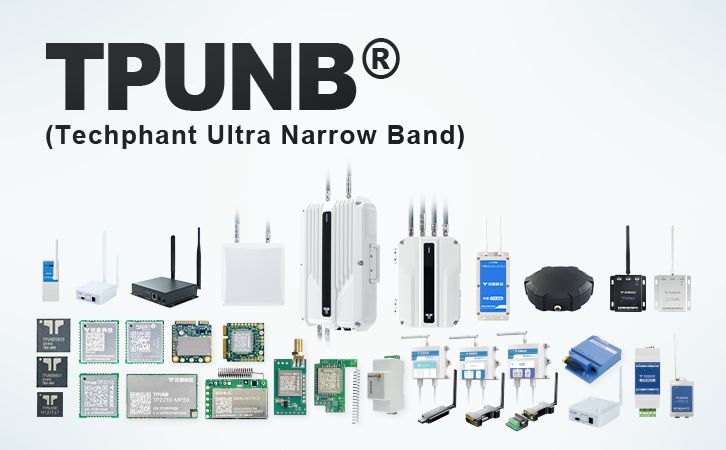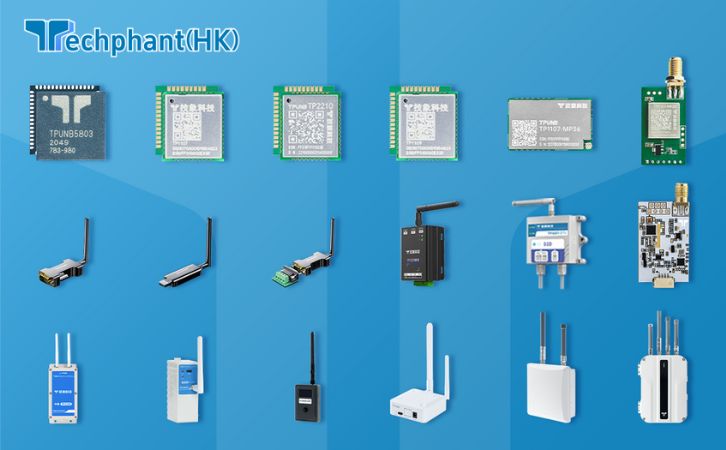An Intelligent Building (IB) is a multidimensional concept whose definition continuously evolves with technological advancements. At its core, it emphasizes achieving operational efficiency, occupant comfort, and sustainability through the integration and optimization of technologies and systems. Below are key definitions and characteristics synthesized from global sources:
1. Technological Integration and Automation
Intelligent buildings integrate computer science, the Internet of Things (IoT), artificial intelligence (AI), communication technologies (e.g., 5G), and automation systems to manage equipment and functions. For example, the first documented intelligent building—the 1984 City Place Building—centralized control of HVAC, security, and communication systems via computer networks. Modern IBs employ AI to predict user behavior (e.g., adjusting room temperatures based on habits) or augmented reality (AR) for maintenance optimization.
2. System Optimization and Comprehensive Management
The American Institute of Architects (AIA) highlights the optimal combination of four elements: building structure, systems, services, and management. European and Japanese frameworks further emphasize resource efficiency (e.g., minimizing maintenance costs) and full automation through subsystem integration (e.g., security, energy management, and IT infrastructure). China’s national standard (GB 50314–2015) defines intelligent buildings as integrated entities capable of “perception, reasoning, judgment, and decision-making.”
3. Energy Efficiency and Sustainability
By leveraging real-time data analytics and dynamic adjustments, IBs significantly enhance energy efficiency. IoT-enabled monitoring optimizes HVAC and lighting systems, while renewable energy integration (e.g., solar panels) supports carbon reduction goals. Some definitions position sustainability as central to IB design, emphasizing the creation of green and healthy environments.
4. User Experience and Comfort
IBs prioritize responsiveness to occupant needs. Examples include facial recognition for contactless access and automated environmental adjustments based on user preferences. The European Intelligent Building Group (EIBG) states that IBs aim to “maximize user productivity,” while Chinese standards emphasize safety, efficiency, convenience, and sustainable development.
5. Dynamic Response and Learning Capabilities
Modern definitions expand IBs’ dynamic attributes. Clements-Croome (1997) proposed that buildings should achieve responsive adaptation through continuous interaction among “people, place, process, and management.” Subsequent research introduced “learning capabilities,” enabling systems to autonomously optimize performance using machine learning (e.g., predicting equipment failures based on environmental changes and user feedback).
Contradictions and Regional Differences
Terminology Emphasis
Early definitions (e.g., 1997) prioritized technological integration and automation, whereas recent frameworks emphasize sustainability, user interaction, and adaptive learning.
Classification Variations
IBs are categorized into subtypes such as automated buildings, smart homes, and green buildings. Definitions vary by institution: The U.S. AIA focuses on technical integration, while the European Union emphasizes user productivity and resource efficiency.
Technological Scope
Some definitions extend to emerging fields like biotechnology and virtual reality, while traditional frameworks focus on information technology and automation.
Synthesis of Key Definitions
The U.S. American Institute of Building Intelligence (AIBI) defines IBs as structures that “optimize the interrelationships among four core elements—structure, systems, services, and management—to provide cost-effective, efficient, and comfortable environments.” In contrast, the European Intelligent Building Group (EIBG) emphasizes creating environments that “enable users to achieve their objectives while minimizing maintenance costs and resource consumption.”
Key Differences
Focus Areas:
AIBI: Prioritizes technical integration and system optimization.
EIBG: Focuses on balancing user productivity with resource management.
Technical Integration Approaches:
AIBI: Stresses holistic integration of structural, systemic, and managerial components.
EIBG: Highlights adaptive environments that support business goals with minimal resource use.
Conceptualization of “Intelligence”:
AIBI: Views intelligence as a function of system efficiency and adaptability to cost reductions.
EIBG: Defines intelligence as the ability to create “responsive, high-performance environments” for users.
Role of AI and Machine Learning in Modern IBs
Modern IBs leverage AI and machine learning (ML) to transition from static structures to dynamic, self-optimizing ecosystems. Key applications include:
1. Predictive Maintenance
ML models analyze historical and real-time sensor data to predict equipment failures, reducing downtime and maintenance costs.
2. Energy Management
AI algorithms optimize HVAC, lighting, and energy distribution by analyzing consumption patterns. For instance, AI adjusts HVAC settings based on occupancy data and weather forecasts, reducing energy waste.
3. Personalized User Experiences
IBs adapt environments to individual preferences (e.g., adjusting lighting or temperature based on user habits) using ML-driven behavioral analytics.
4. IoT-AI Synergy
IoT sensors monitor environmental parameters (e.g., temperature, air quality), while AI processes this data to automate adjustments (e.g., optimizing ventilation rates).
5. Building Management Systems (BMS) Enhancement
AI-powered BMS dynamically adjusts operations (e.g., zoning HVAC controls) to balance comfort and energy efficiency.
Challenges
Data privacy and cybersecurity risks.
High initial costs and technical complexity.
Need for interdisciplinary collaboration in design and management.
Technologies for Energy Efficiency and Sustainability
IoT and Sensors: Monitor environmental conditions (e.g., occupancy, light levels) to enable demand-driven adjustments (e.g., smart lighting that dims when rooms are unoccupied).
Energy Management Systems (EMS): Optimize energy allocation by integrating renewable sources (e.g., solar PV) and load-shifting strategies.
Smart HVAC Systems: Use occupancy and climate data to adjust heating/cooling dynamically, reducing energy use by up to 30%.
Data-Driven Decision Support: AI analyzes energy consumption patterns to identify inefficiencies and recommend optimizations.
Real-Time Adaptation to User Behavior
IBs employ sensors, IoT, and AI to tailor environments to user preferences:
Sensors: Capture real-time data on occupancy, movement, and environmental conditions.
IoT Connectivity: Enables seamless device coordination (e.g., adjusting room temperature upon user entry).
AI-Driven Personalization: Learns user habits to automate adjustments (e.g., pre-cooling rooms before occupants arrive).
Human-Machine Interfaces: Voice commands, mobile apps, and gesture controls allow intuitive interactions.
Global Implementation Challenges
Technical Standards and Compatibility: Fragmented global standards hinder interoperability between systems (e.g., conflicting IoT protocols).
High Initial Costs: Significant upfront investments in hardware, software, and training deter adoption, particularly in developing regions.
Skill Gaps: Shortage of professionals with expertise in AI, IoT, and integrated building systems.
Data Security and Privacy: Vulnerabilities in IoT networks and user data management raise concerns about cyberattacks and surveillance.
Regulatory and Market Barriers: Inconsistent policies and lack of incentives for green technologies slow progress.
Cultural and Social Acceptance: Resistance to new technologies due to perceived complexity or reliability concerns.
System Complexity: Integration of disparate subsystems (HVAC, security, lighting) demands advanced project management and maintenance protocols.
Conclusion
Intelligent buildings represent a convergence of cutting-edge technologies aimed at enhancing efficiency, sustainability, and user experience. While regional definitions and priorities differ, the shared goal is to create adaptive, future-ready environments that support urban sustainability. Overcoming technical, financial, and social challenges requires global collaboration, standardized frameworks, and continuous innovation.



